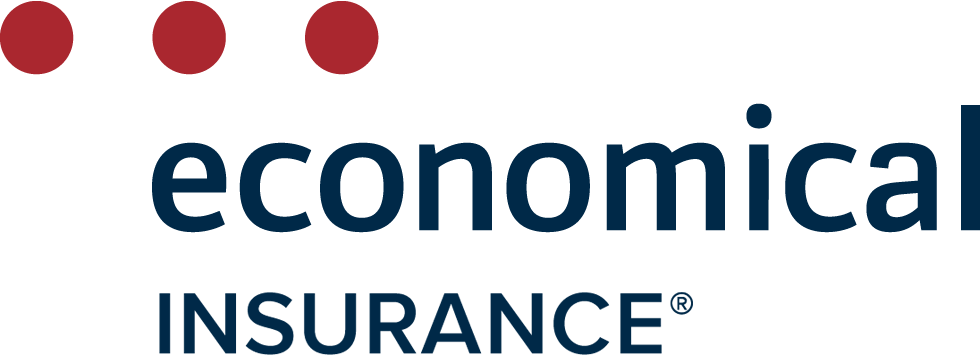
Prince Edward Island Car Insurance
Learn about car insurance in Prince Edward Island
Why comparing car insurance rates is the best way for PEI drivers to save
Auto insurance in Prince Edward Island
Drivers in Prince Edward Island are lucky to have the second-lowest auto insurance rates in all of Canada, with only Quebec having a lower average. PEI drivers pay an average of $755 a year to insure their vehicles.
In 2004, after several years of rising insurance costs, PEI enacted insurance reform that made changes to how minor injury cases could be handled. Placing a cap on minor injury awards helped the province to reduce its insurance rates to their current place as some of the most affordable in the country.Even with PEI's comparably low rates, there's always room to save.
Prince Edward Island car insurance laws
PEI law requires all drivers to be financially responsible in the event of an accident by carrying a minimum amount of liability and accident benefit coverage. All drivers must keep in force an auto insurance policy that provides at least these levels of coverage.
- $200,000 in third-party liability coverage for any one accident
- $50,000 per person in medical payments coverage
- Accident benefits including disability coverage and death benefits for family of anyone involved in a fatal accident
- Uninsured automobile coverage, which protects you if you're involved in an accident with an uninsured driver who is found at-fault
PEI drivers can also choose to increase their coverage limits to provide additional optional protection against accident claims.
Most drivers choose to carry limits higher than the legal minimum, as well as a number of optional coverage. While comprehensive and collision coverage are both considered options when it comes to auto insurance, most drivers carry them to provide coverage for their own vehicle in an at-fault accident or any non-accident event such as theft.
Frequently Asked Questions about PEI car insurance (FAQs)
How are car insurance rates determined in Prince Edward Island?
Auto insurance rating in Prince Edward Island
Car insurance rates are determined using a careful analysis of a number of important factors. The two most important are your driving record and the car you drive. Tickets and at-fault accidents can cause an increase in rates. Your car’s value as well as its safety rating can both impact rates. Additional considerations include your driving habits including your commuting distance.
You age and experience can also impact your insurance rates in PEI, meaning that rates go down as you gain experience as a driver.
How is fault in an accident determined in PEI?
Accident fault and claims in PEI
Fault is determined by the insurance adjusters, who will each use the insurance company’s system to determine who is at fault.
Prince Edward Island offers no-fault coverage for accident benefits, making them available to everyone regardless of who is at fault in the accident. The company that insures the person who is at fault pays out benefits for property damage and injuries. If you are the one found to be at fault, damage to your vehicle is covered by collision coverage on your own policy. Without collision coverage, the at-fault driver will have to pay for his or her own repairs.
In 2015, the PEI government passed legislation that changed how accidents are handled by introducing direct compensation for property damage. This means that each driver’s insurance company will pay for their own damages. The province also increased no-fault accident benefits. As of 2017, some insurers have increased their premiums to compensate for the increase in benefits, but this has provided PEI drivers with another opportunity to save by comparing auto insurance rates.
Are there any laws that affect auto insurance in Prince Edward Island?
Laws affecting drivers in PEI
PEI law requires all drivers to have insurance and to provide proof of insurance to law enforcement when requested. Drivers who fail to present proof of insurance may face legal consequences as a result.
Drivers are also required to stop when involved in an accident, leaving the scene can result in charges against the driver. If anyone is injured in the accident, or property damage is major, a police report must be made regarding the accident.
Traffic violations can result in insurance rate increases, depending on the type of violation and the insurance company’s policies.
How do you purchase auto insurance in PEI?
Shopping for car insurance in PEI
With more than 50 different insurance companies offering policies to PEI drivers, shopping around can help you find a better rate. PEI insurance customers can compare rates through online services, or request quotes directly from insurance companies, agents, and brokers.
For high-risk drivers who cannot obtain insurance elsewhere, Facility Association provides coverage in PEI.
Ten years of average auto insurance premiums in PEI
| Year | Average annual premium | Average monthly premium | Year over year change |
|---|---|---|---|
| 2009 | $756 | $63.00 | 0.80% |
| 2010 | $759 | $63.25 | 0.40% |
| 2011 | $756 | $63.00 | -0.40% |
| 2012 | $740 | $61.67 | -2.12% |
| 2013 | $751 | $62.58 | 1.49% |
| 2014 | $759 | $63.25 | 1.07% |
| 2015 | $754 | $62.83 | -0.66% |
| 2016 | $773 | $64.42 | 2.52% |
| 2017 | $796 | $66.33 | 2.98% |
| 2018 | $816 | $68.00 | 2.51% |
| 2019 | $864 | $72.00 | 5.88% |
Data source: Groupement des assureurs automobiles (GAA)











